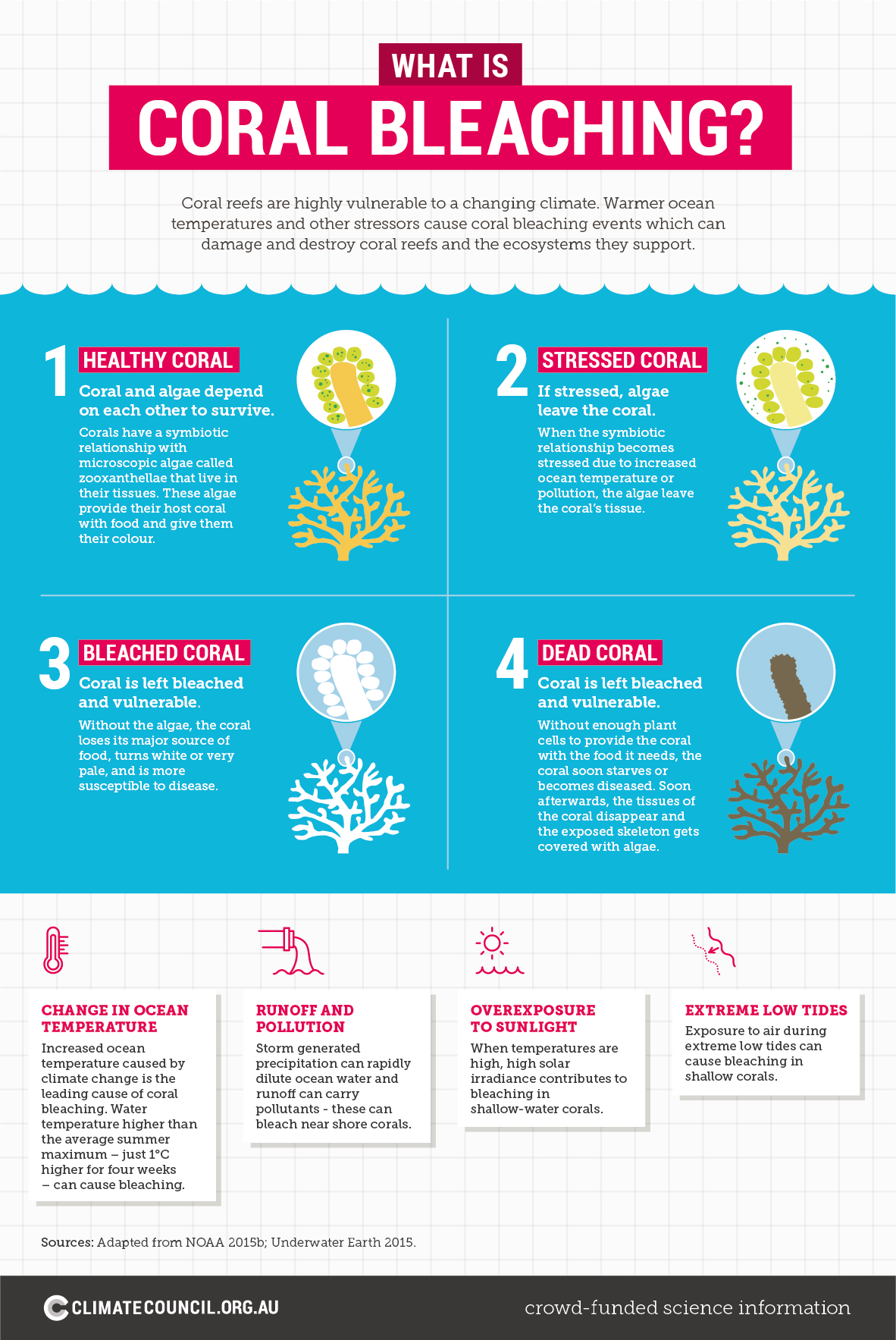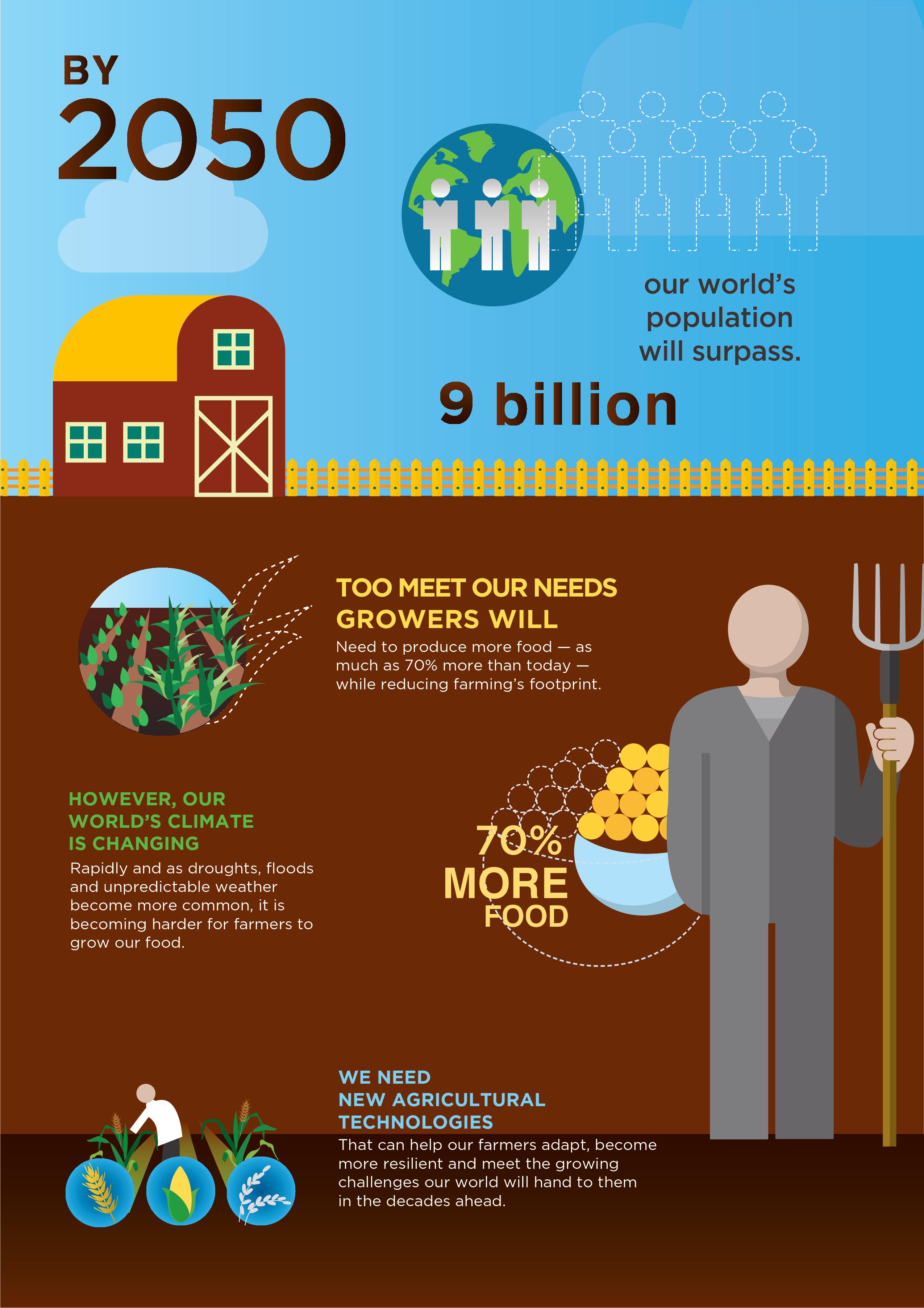
The number of days that break heat records has doubled in the past 50 years. Rising sea levels add to the intensity of high-sea-level events and threaten housing and infrastructure. This means the food sources that each one relies on to feed themselves and their offspring are often not available when needed.Ĭlimate change is damaging the Earth’s capacity to act as a life support system, for us and for Earth’s many other species.Īustralia is experiencing higher temperatures, more extreme droughts, fire seasons, floods and more extreme weather due to climate change. Mammals, reptiles, fish, insects, plants, fungi and other species are maturing, reproducing, flowering or fruiting at different times now, to keep up with temperature changes. Animals and plants are also having to shift where they live to stay within comfortable living limits. As the oceans warm, coral reefs bleach and die, which means many fish and other marine creatures lose their habitats. The impacts of climate change affect all life on Earth. But we’re not the only species being deeply impacted. Also, our health suffers with hotter summers and as air quality gets worse during the bushfire seasons. Our sources of reliable food and fresh water are dwindling.

Human communities around the world are increasingly losing habitable land, houses, and sites of cultural significance. We experience longer droughts, longer and more severe fire seasons, more intense storms, less ice and snow cover, floods, rising sea levels and our oceans are becoming warmer and more acidic. Heatwaves are becoming more frequent and more intense. This heat creates more extreme and unpredictable weather.

The gases released through burning fossil fuels (coal, oil, gas) create a blanket around the Earth, trapping heat.

It’s already putting pressure on our planet-on people and other living things, on economies and on governments.


 0 kommentar(er)
0 kommentar(er)
